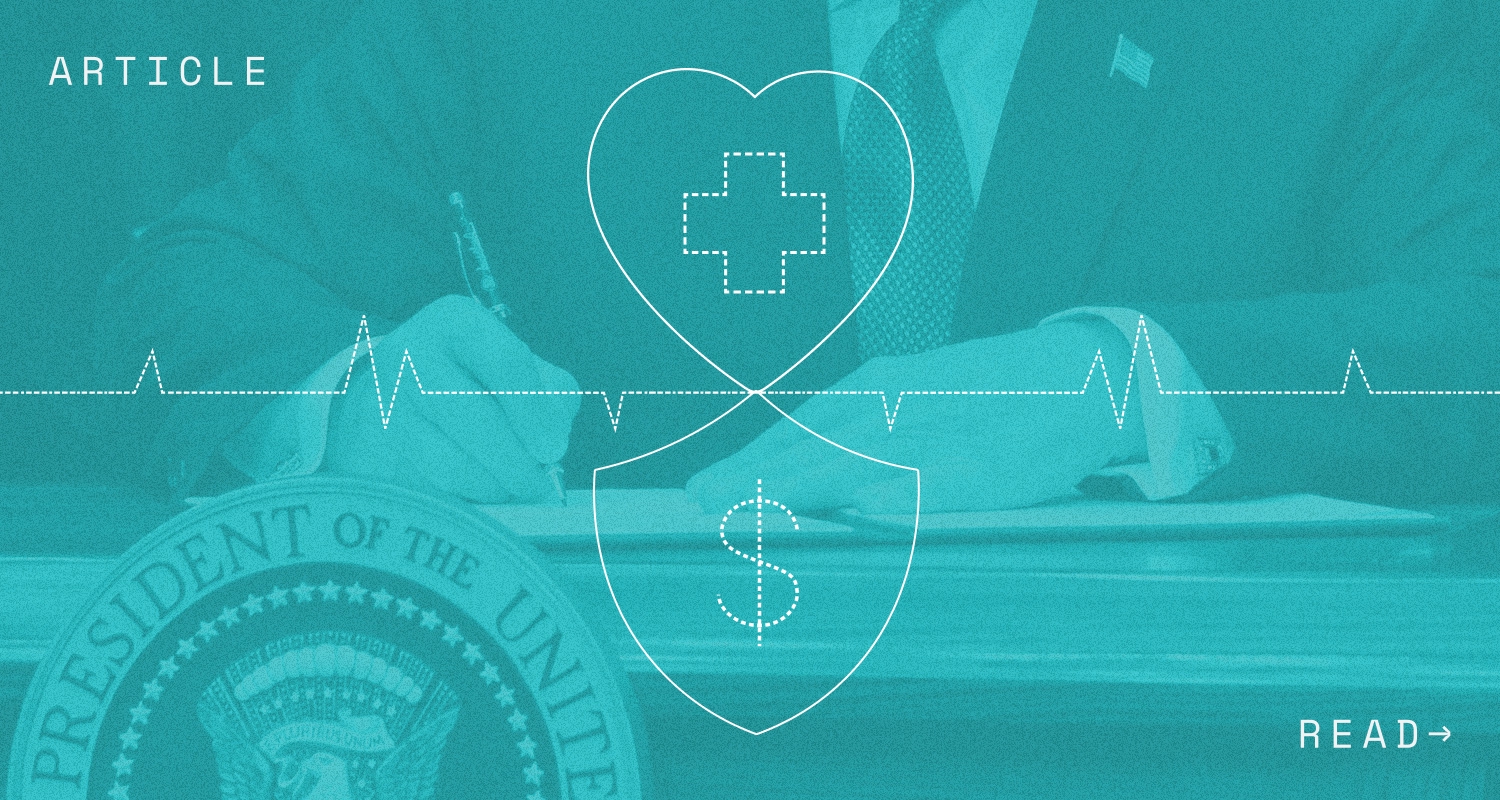The Department of Health and Human Services (HHS) released the final HHS Notice of Payment and Benefit Parameters (“HHS Payment Notice”), which makes several key Affordable Care Act (ACA) and group health plan changes for 2021. Some changes that affect employer-sponsored group health plans are outlined below:
2021 Affordable Care Act (ACA) Out-of-Pocket Maximums
The 2020 and 2021 ACA out-of-pocket maximum amounts are compared below:
| 2021 | 2020 | |
| Self-Only Coverage | $8,550 | $8,150 |
| Other than Self-Only Coverage | $17,100 | $16,300 |
Note: The IRS previously announced the 2021 OOP maximum for high deductible health plans (HDHPs). For more on the 2021 maximum for HDHPs, see our blog post.
Application of Drug Manufacturer Coupons for OOP Maximum Calculations
The HHS Payment Notice provides flexibility for insurers on how they can treat manufacturer drug coupons for the purpose of OOP maximums. Group health plans now have the option (but are not required) to “count” coupons offered by drug manufacturers towards participants’ ACA OOP maximum, unless state law requires otherwise. The options are outlined below:
- Count coupons toward OOP maximums: If a plan participant used a drug manufacturer coupon when purchasing a drug, the amount of the coupon “counts” towards that participant’s OOP maximum (even if the participant did not actually incur that amount). It is important to point out that HDHPs can count coupons toward OOP maximums but cannot count these coupons toward a participant’s minimum deductible. This is because under existing HDHP guidance only amounts actually paid by participants can count towards their deductible.
- Do not count coupons toward OOP maximums: If a plan participant used a drug manufacturer coupon when purchasing a drug, the amount of the coupon would not “count” towards that participant’s OOP maximum.
It is important to note that plans may be subject to more strict state regulations on how they must apply coupons toward OOP maximums. For instance, some states require plans to apply coupons to OOP maximums in certain situations, whereas other states require plans not to apply coupons to OOP maximums where a generic to the drug is available.
HHS also suggests (but does not require) that insurers and group health plans (especially self-insured plans) notify plan participants of how they apply these drug coupons so that participants are aware of how the coupons affect their OOP maximum.
Application of Pharmacy Benefit Manager Rebates for Medical Loss Ratio Calculations
The HHS Payment Notice now requires carriers to deduct rebates received from their pharmacy benefit managers (PBMs) from “incurred claims” when calculating Medical Loss Ratio (MLR) rebates. Under the ACA, carriers are required to issue an MLR rebate to employers with fully insured plans if the carrier did not spend a certain percentage of the plan’s premiums on health care services. The MLR rebate is determined by comparing the claims a plan incurred (“incurred claims”) to the premiums that were paid on the plan.
Prior to the HHS Payment Notice, carriers were only required to deduct drug rebates they directly received when calculating a plan’s “incurred claims.” They were not required to deduct drug rebates they received from PBMs, who carriers often utilize as “middleman” to manage their prescription drug benefits. The HHS Payment Notice now requires carriers to also deduct rebates they receive from PBMs from a plan’s “incurred claims.”
This change will likely result in lowering plans’ “incurred claims” when calculating their MLR rebates, thus lowering the percentage of premiums the carrier is spending on health care services, and ultimately increasing the likelihood that MLR rebates will be paid to employers. HHS anticipates that this change will increase MLR rebates paid out to employers by $18.4 million annually. The new changes won’t apply until the 2022 reporting year (with carriers reporting their 2022 MLR calculations to HHS by July 1, 2023). Since MLR rebates are due to policyholders by September 30th for the prior year’s claims, employers should not expect to see the impact of these changes until September 30, 2023.
For additional information on how employers must treat and distribute MLR rebates, see our blog post.
Projected 2021 Employer Mandate Penalties
The HHS Payment Notice announced the “premium adjustment factor,” which is used, among other things, to determine the annual increase to the employer penalty for non-compliance with the ACA Employer Mandate (often referred to as the “employer shared responsibility payment”). Although the IRS has yet to officially release the 2021 employer mandate penalties, we can anticipate that the 2021 penalties will be the following (as compared to 2020):
| 2021 | 2020 | |
| A Penalty | $2,700 | $2,570 |
| B Penalty | $4,060 | $3,860 |
Additional Resources:
- HHS Notice of Payment and Benefit Parameters
- Fact Sheet: Proposed HHS Notice of Benefit Payment Parameters 2021
- Sequoia Blog: IRS Releases 2021 HSA and HDHP Limits (May 22, 2020)
- Sequoia Blog: Employer Obligations: Insurance Premium Credits (May 28, 2020)
Disclaimer: This content is intended for informational purposes only and should not be construed as legal, medical or tax advice. It provides general information and is not intended to encompass all compliance and legal obligations that may be applicable. This information and any questions as to your specific circumstances should be reviewed with your respective legal counsel and/or tax advisor as we do not provide legal or tax advice. Please note that this information may be subject to change based on legislative changes. © 2020 Sequoia Benefits & Insurance Services, LLC. All Rights Reserved




